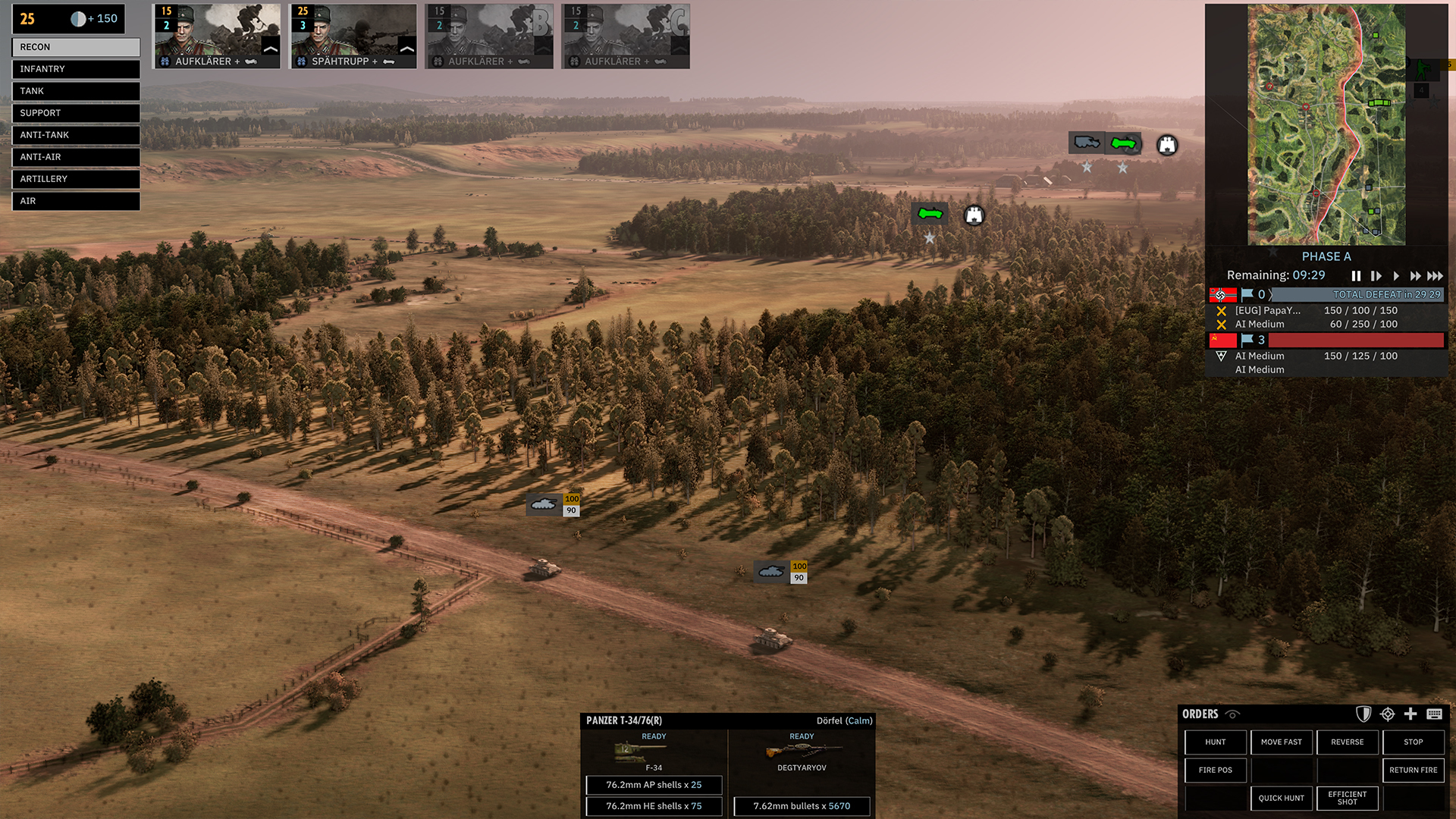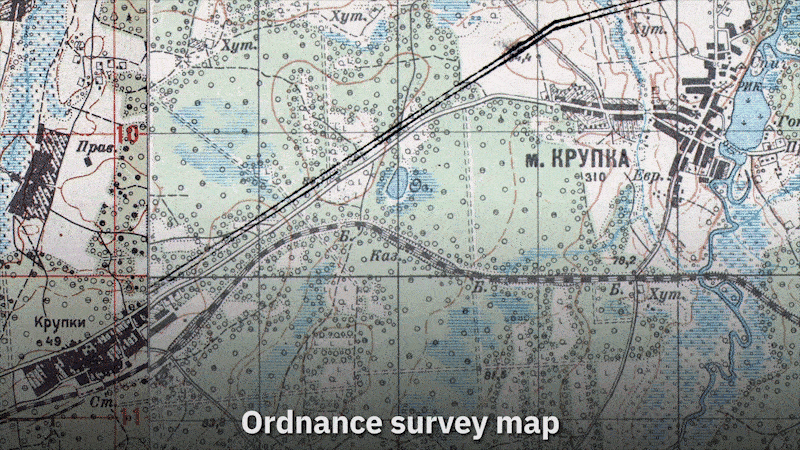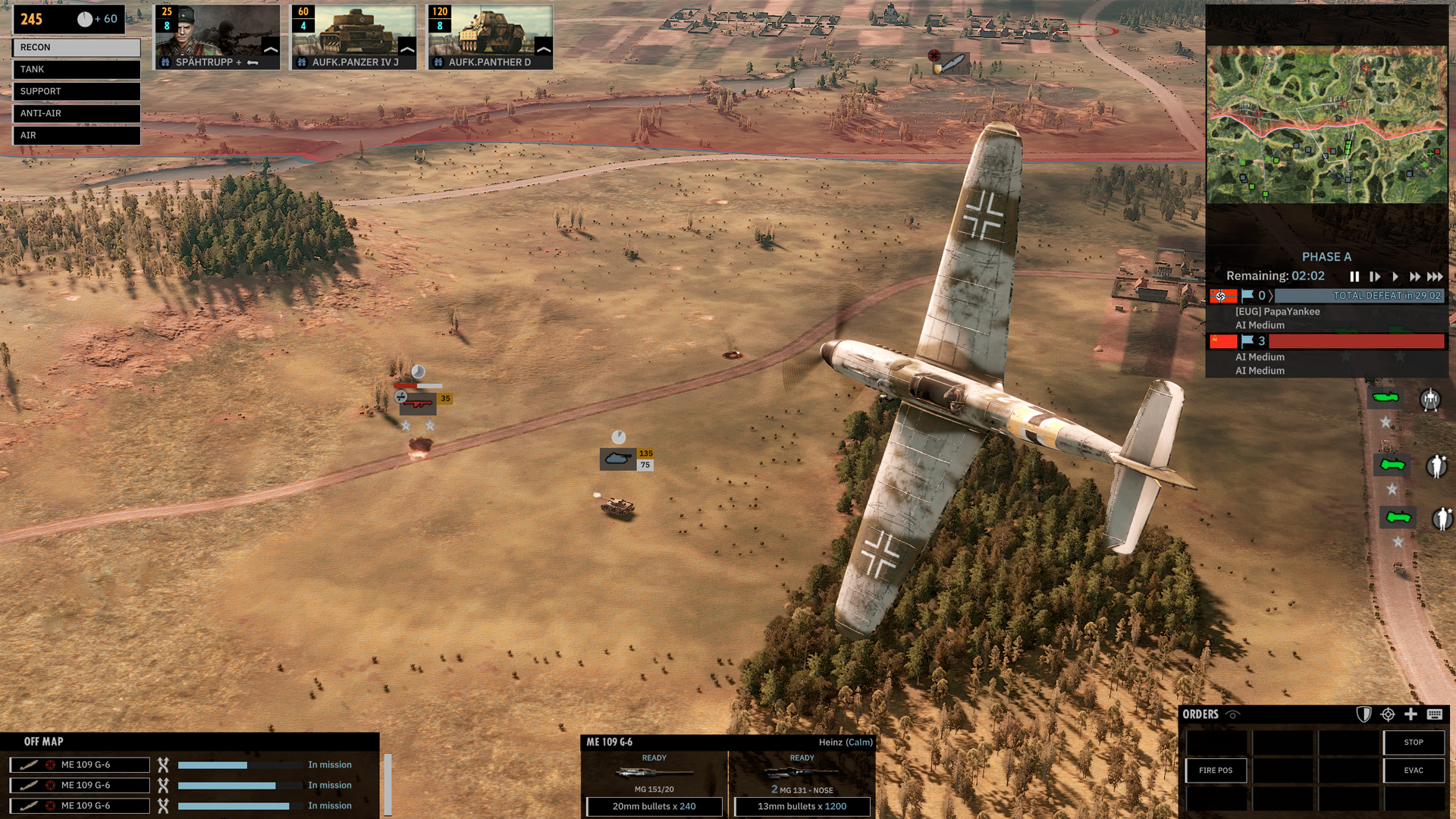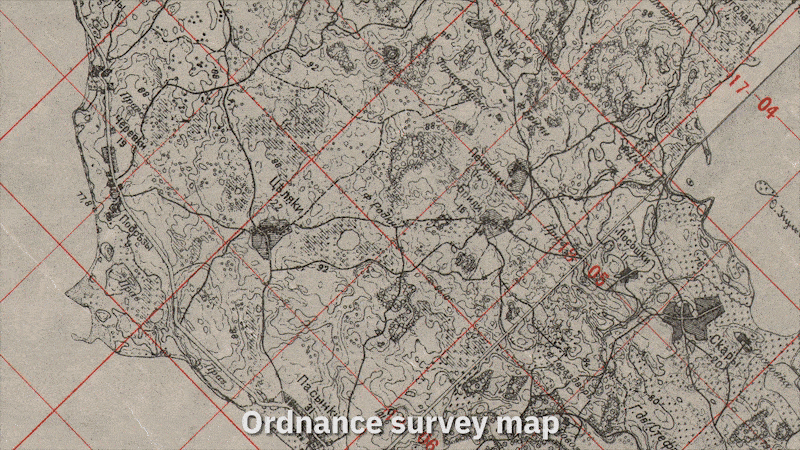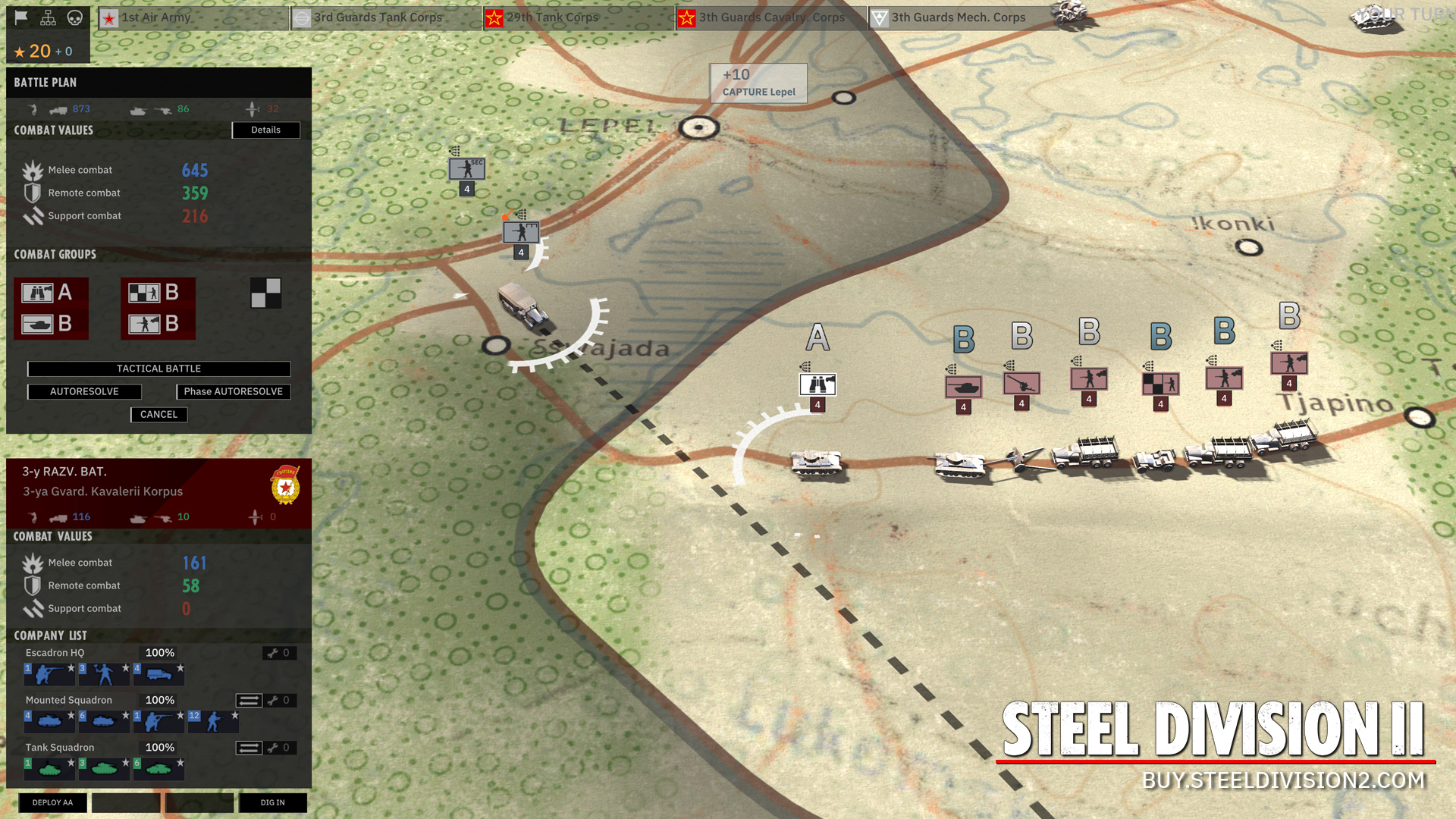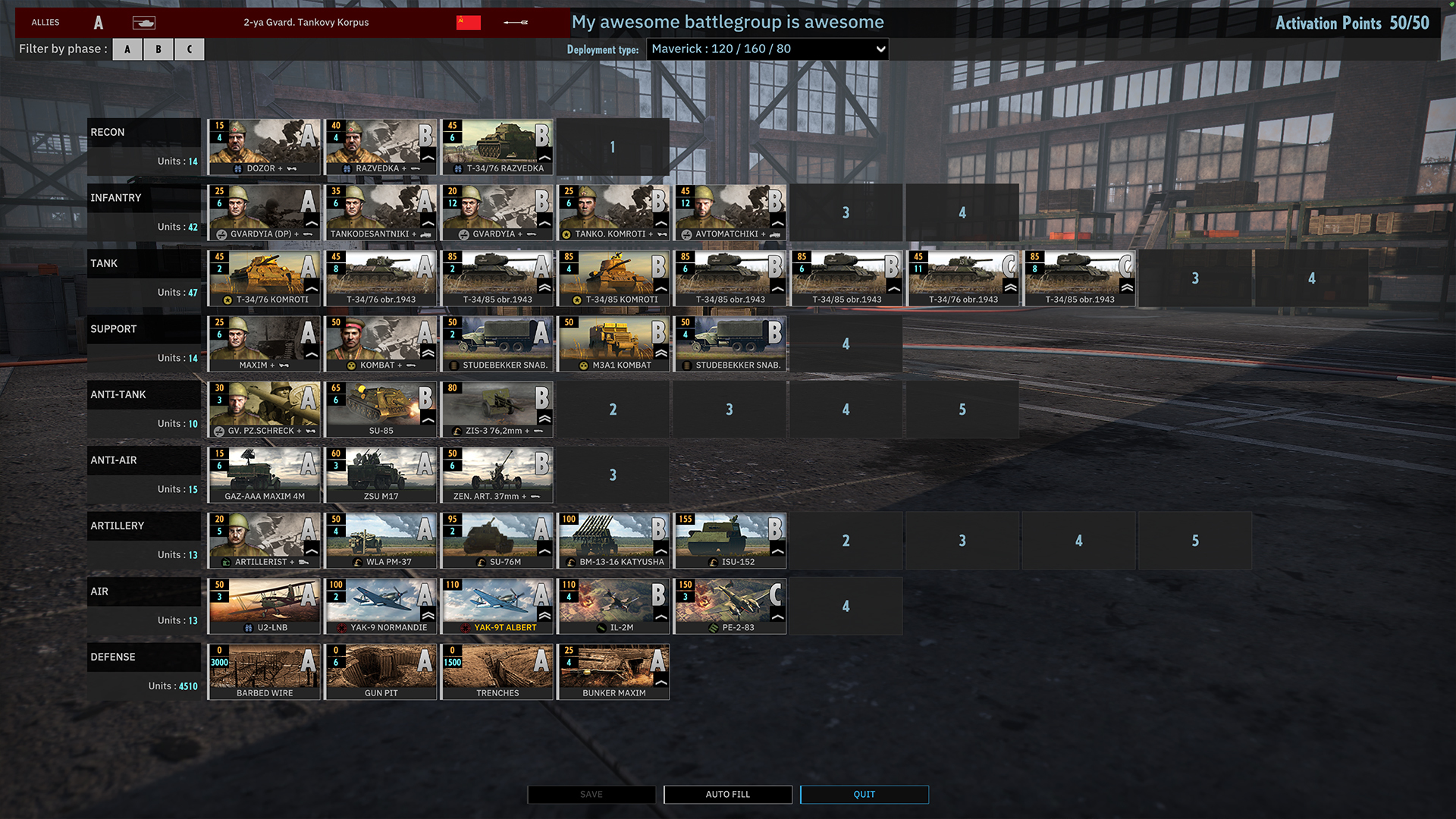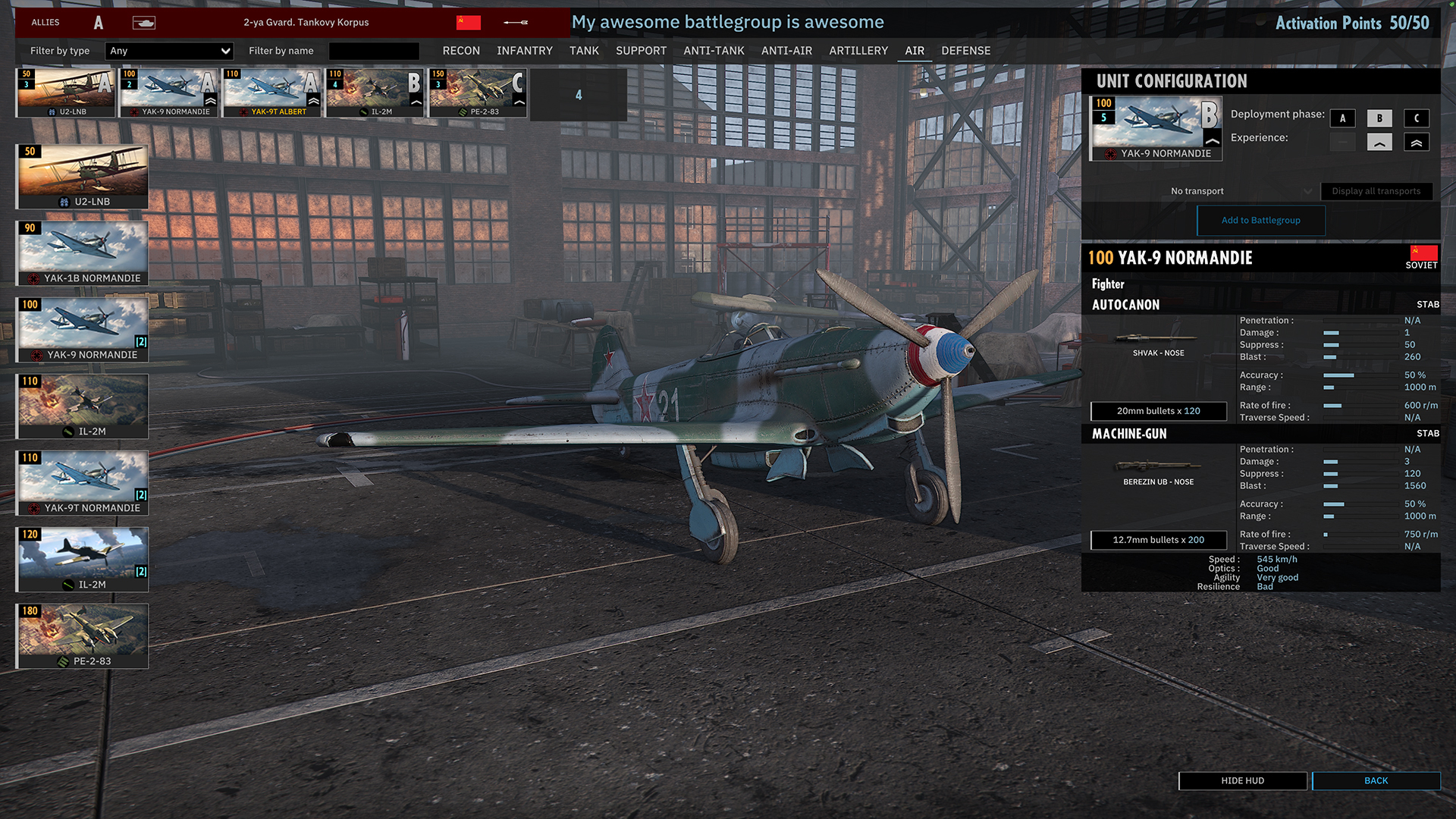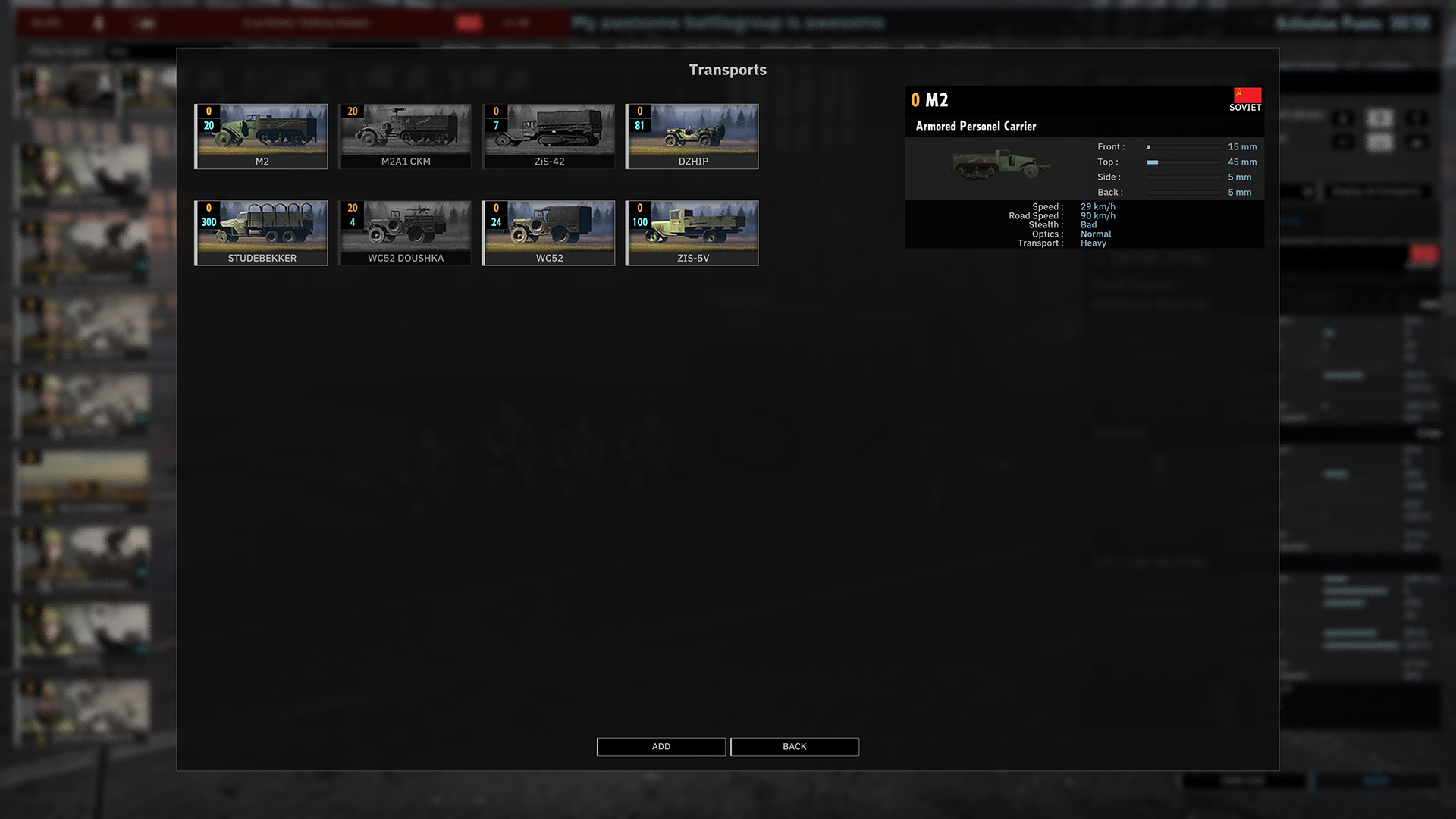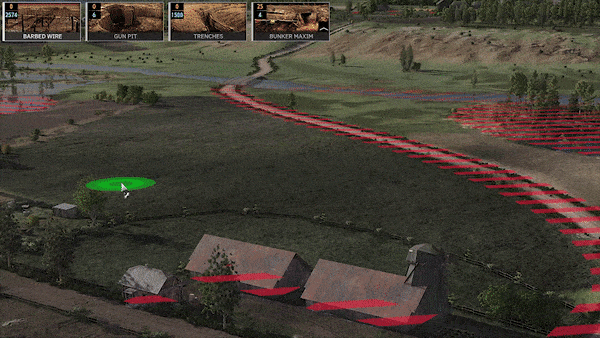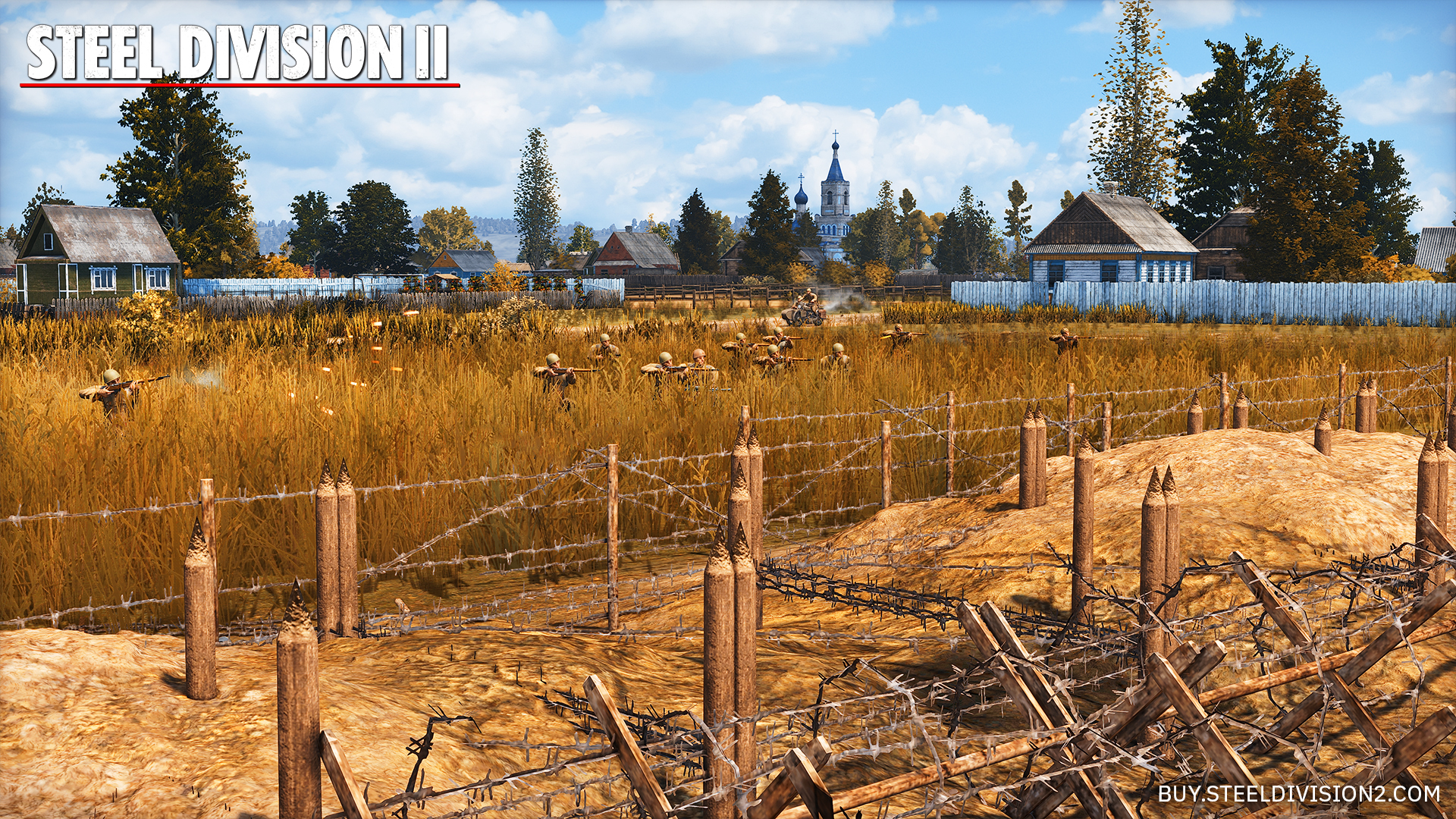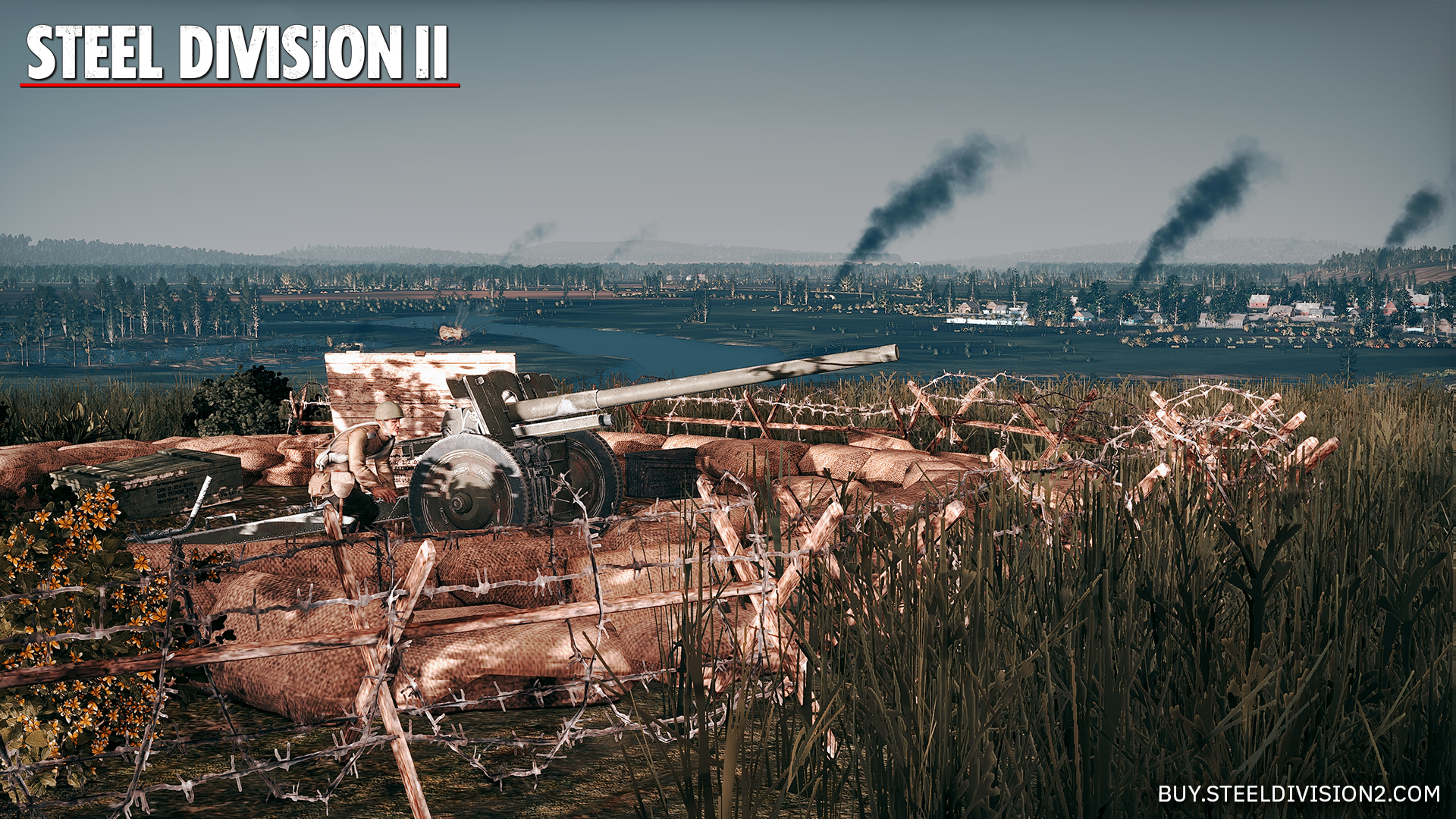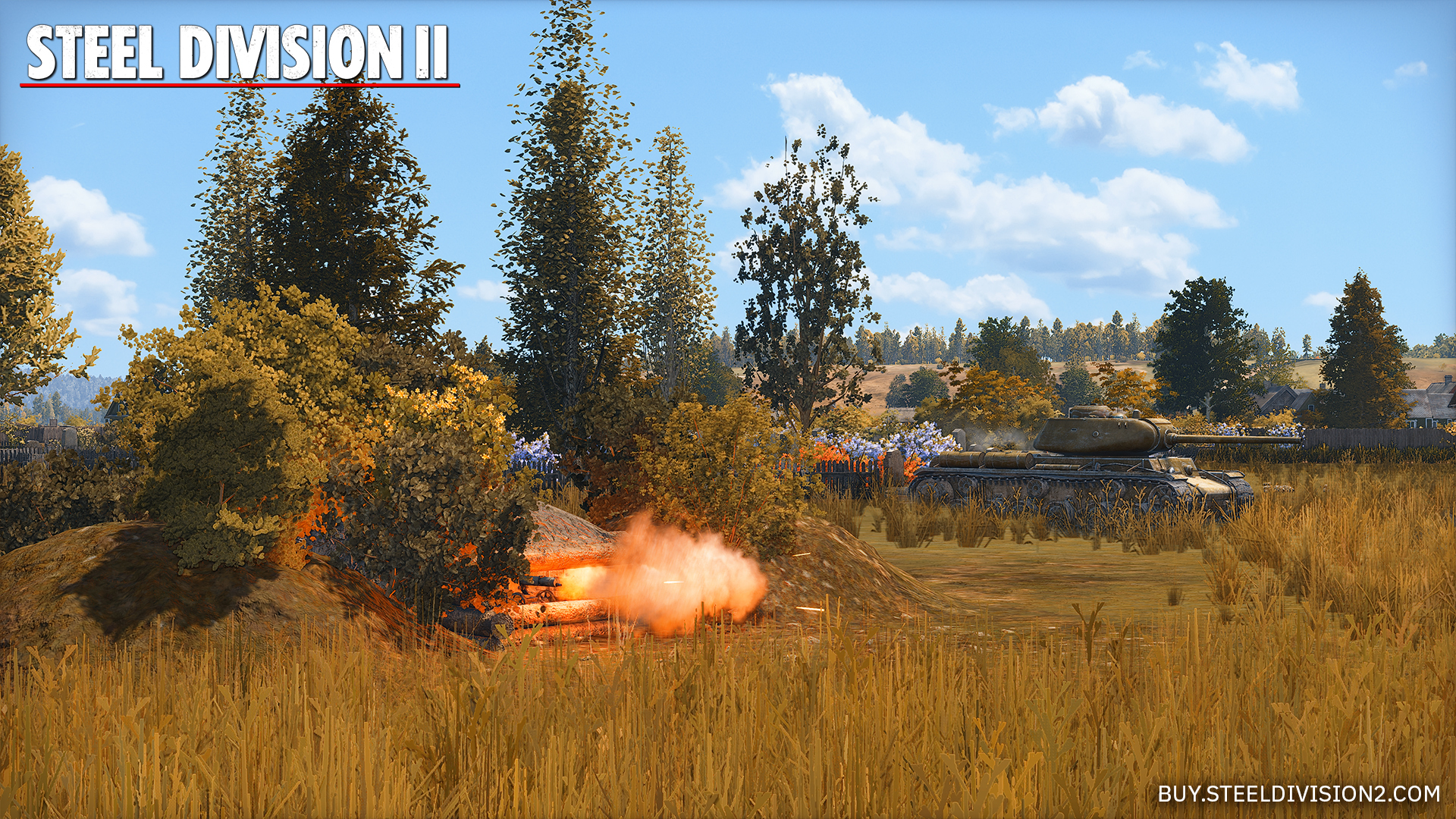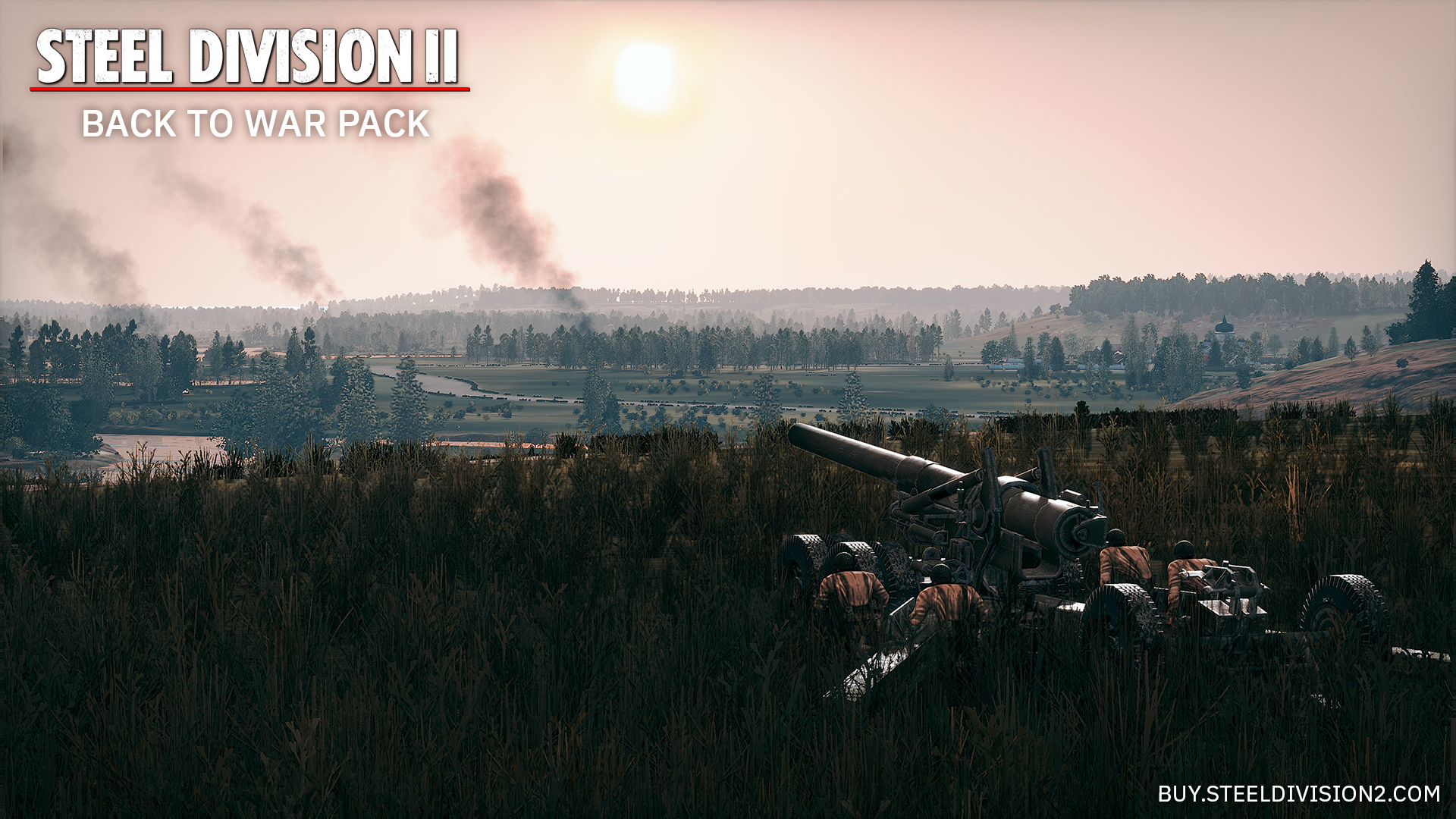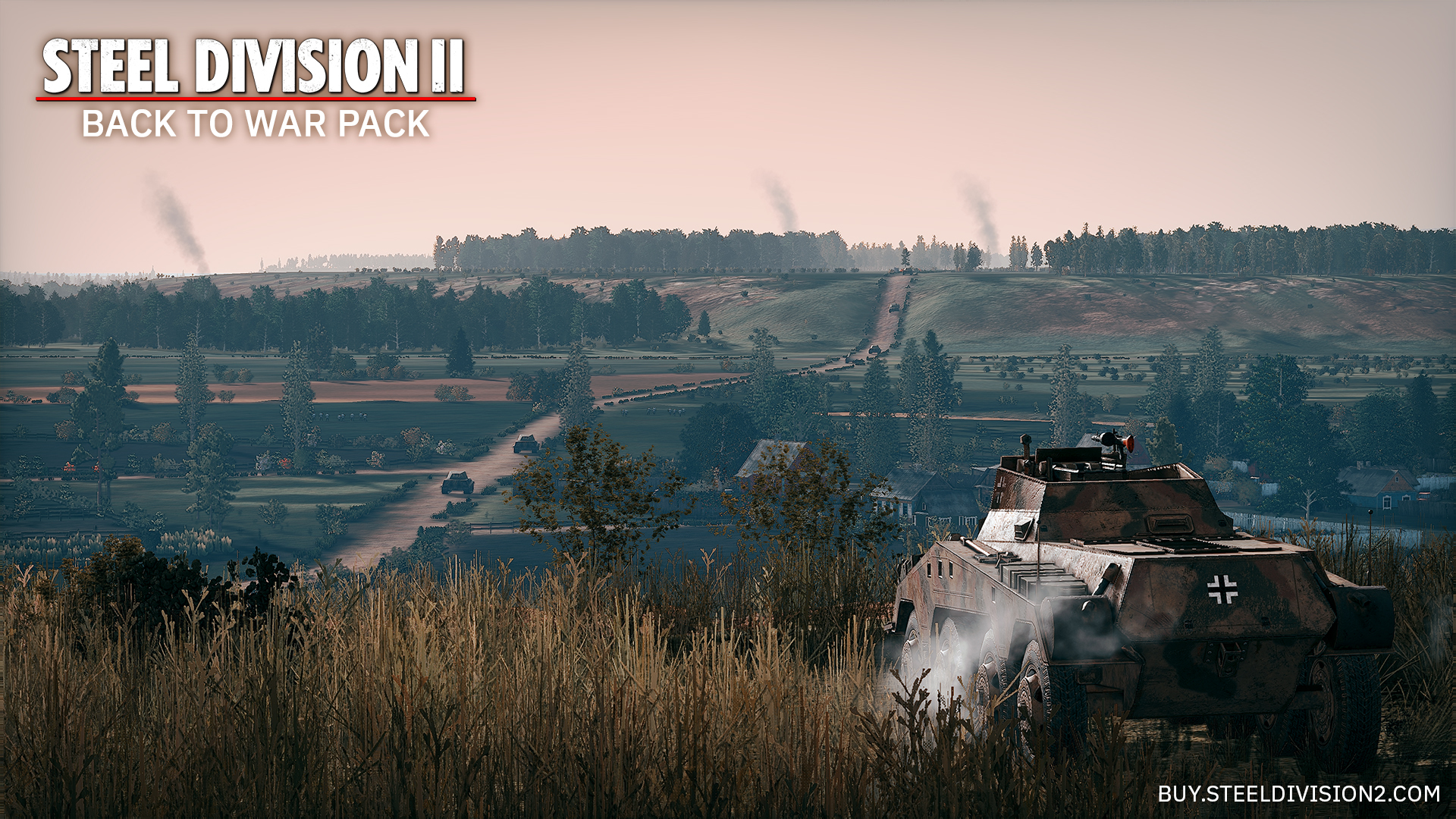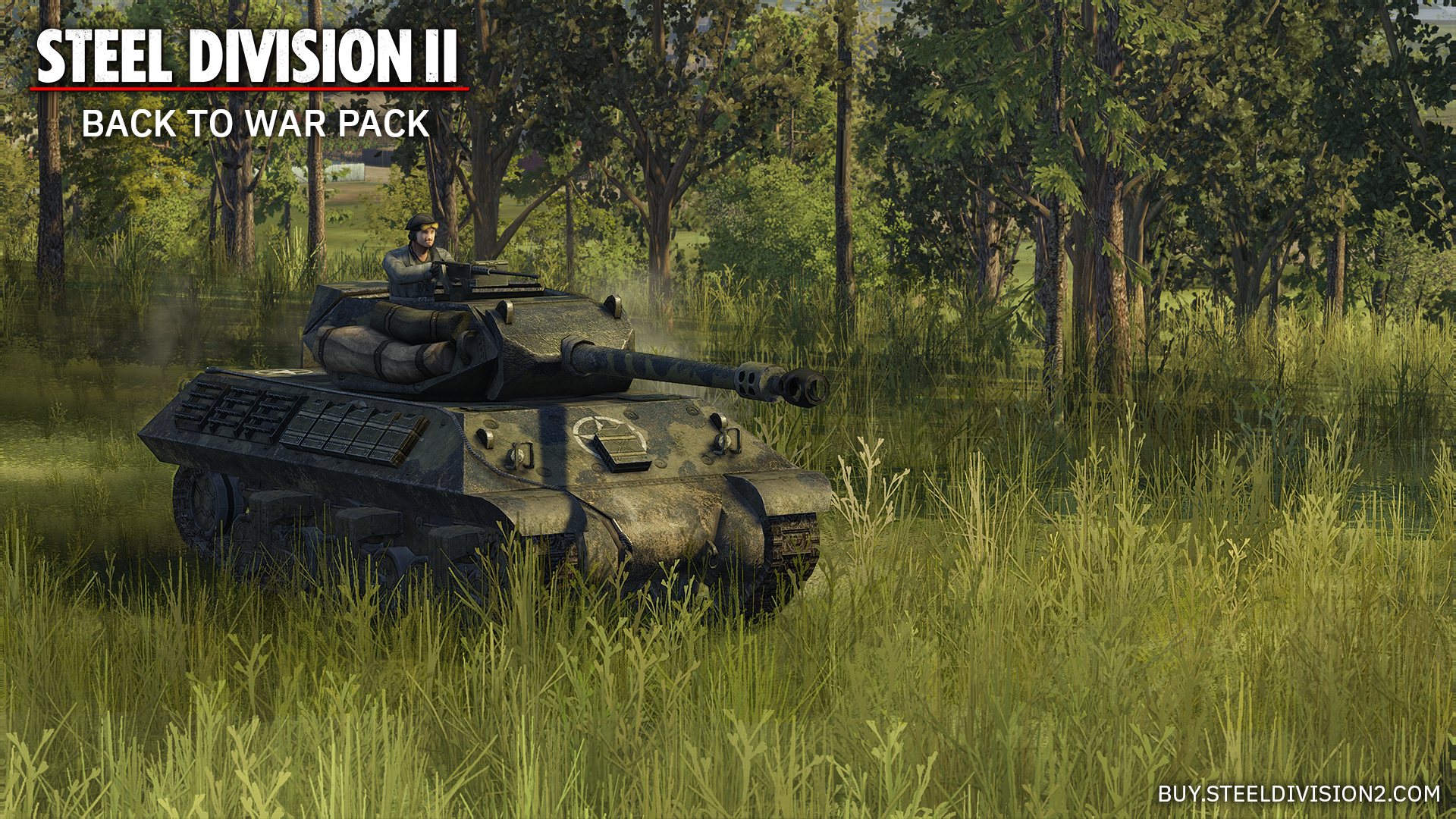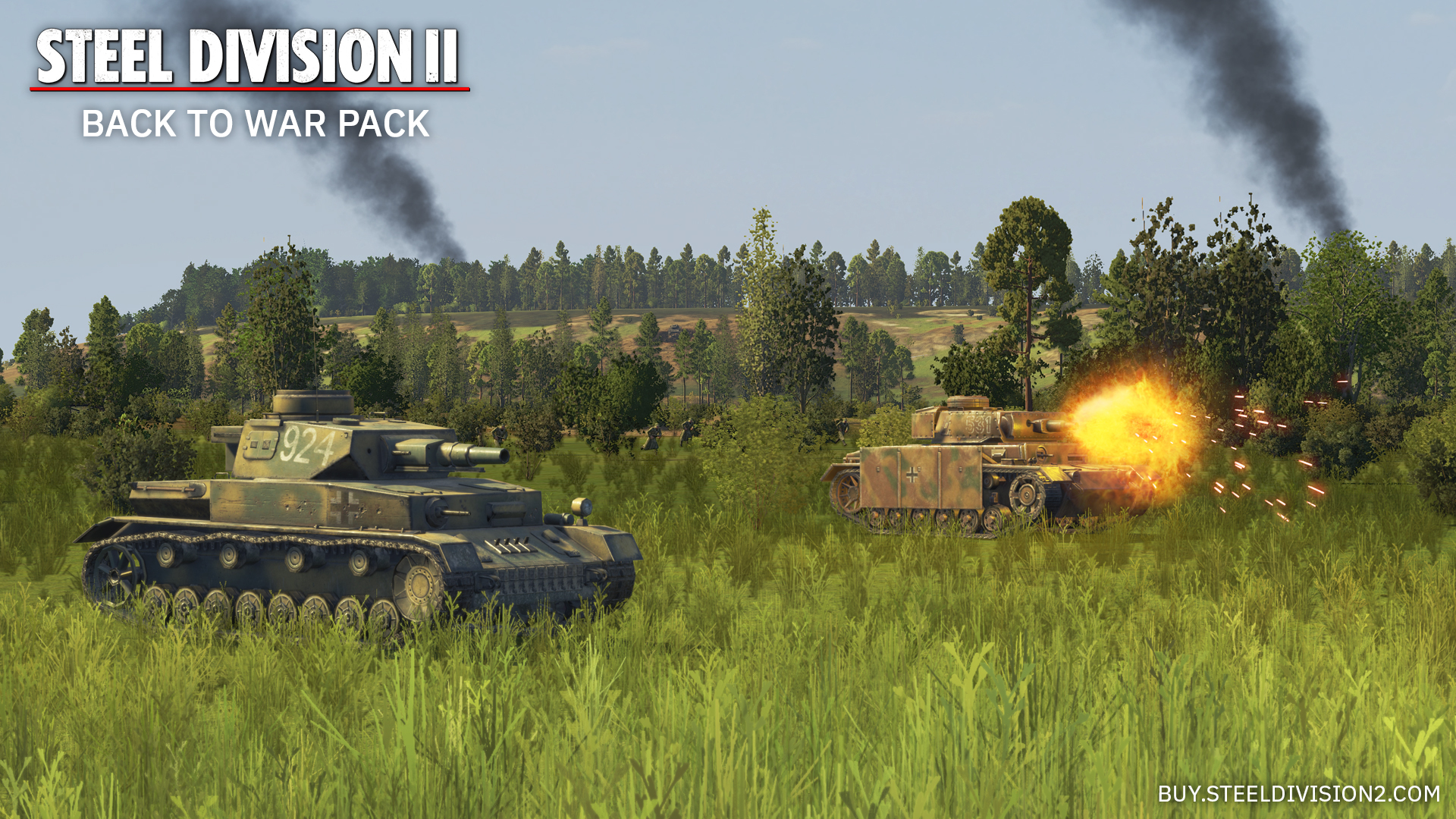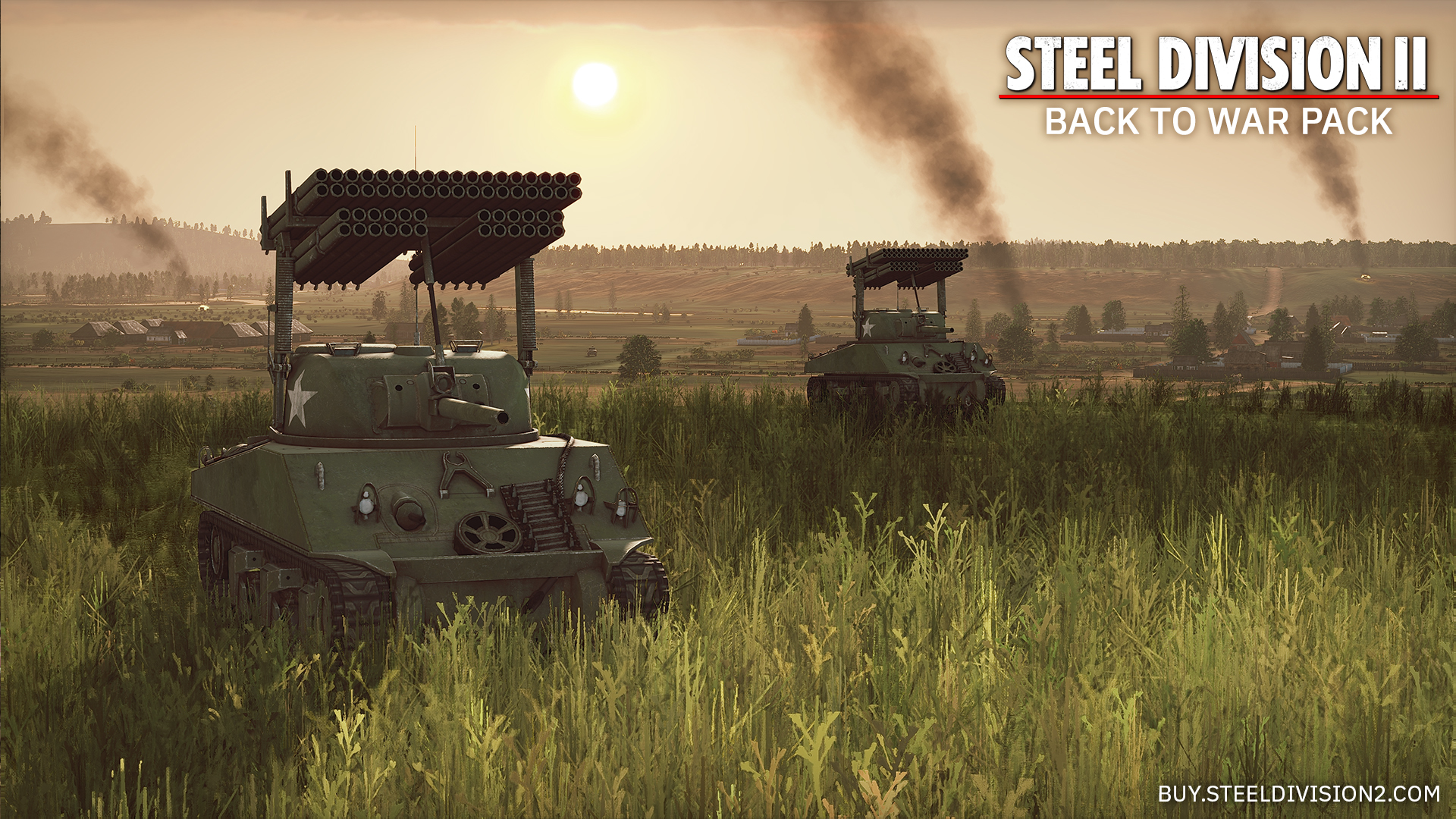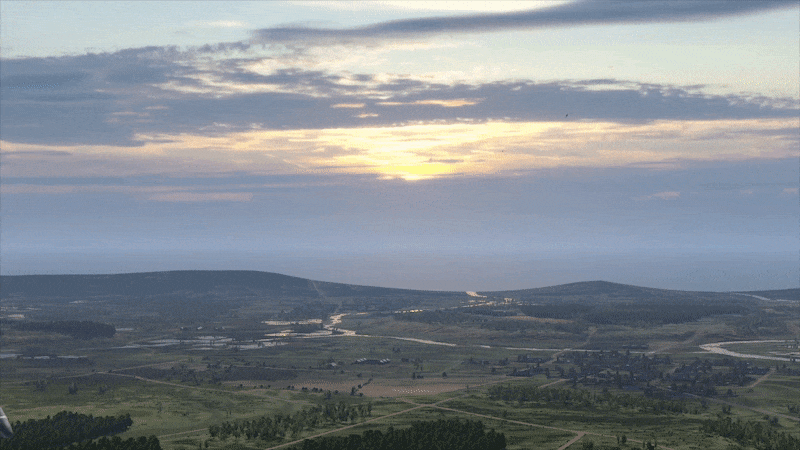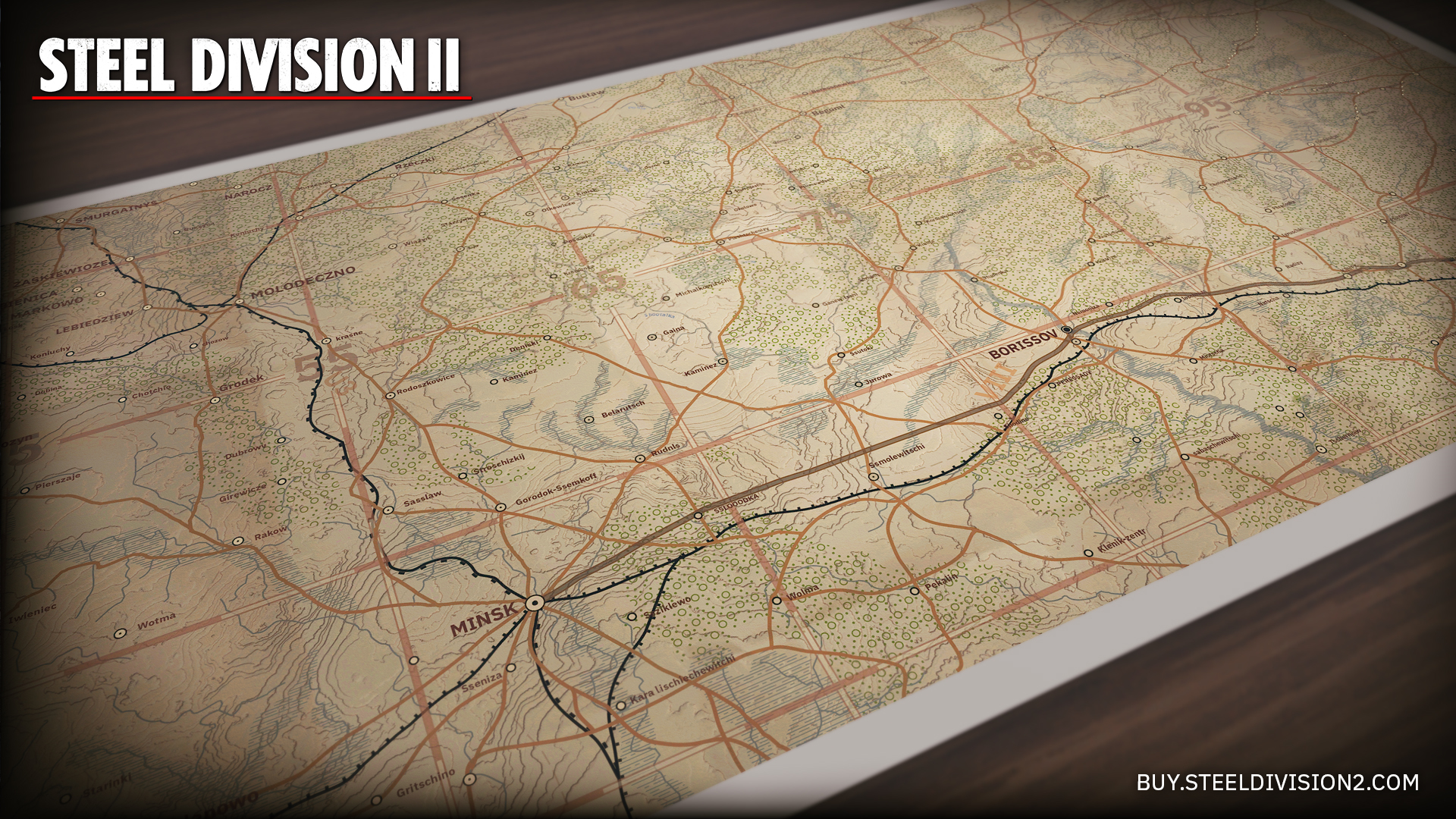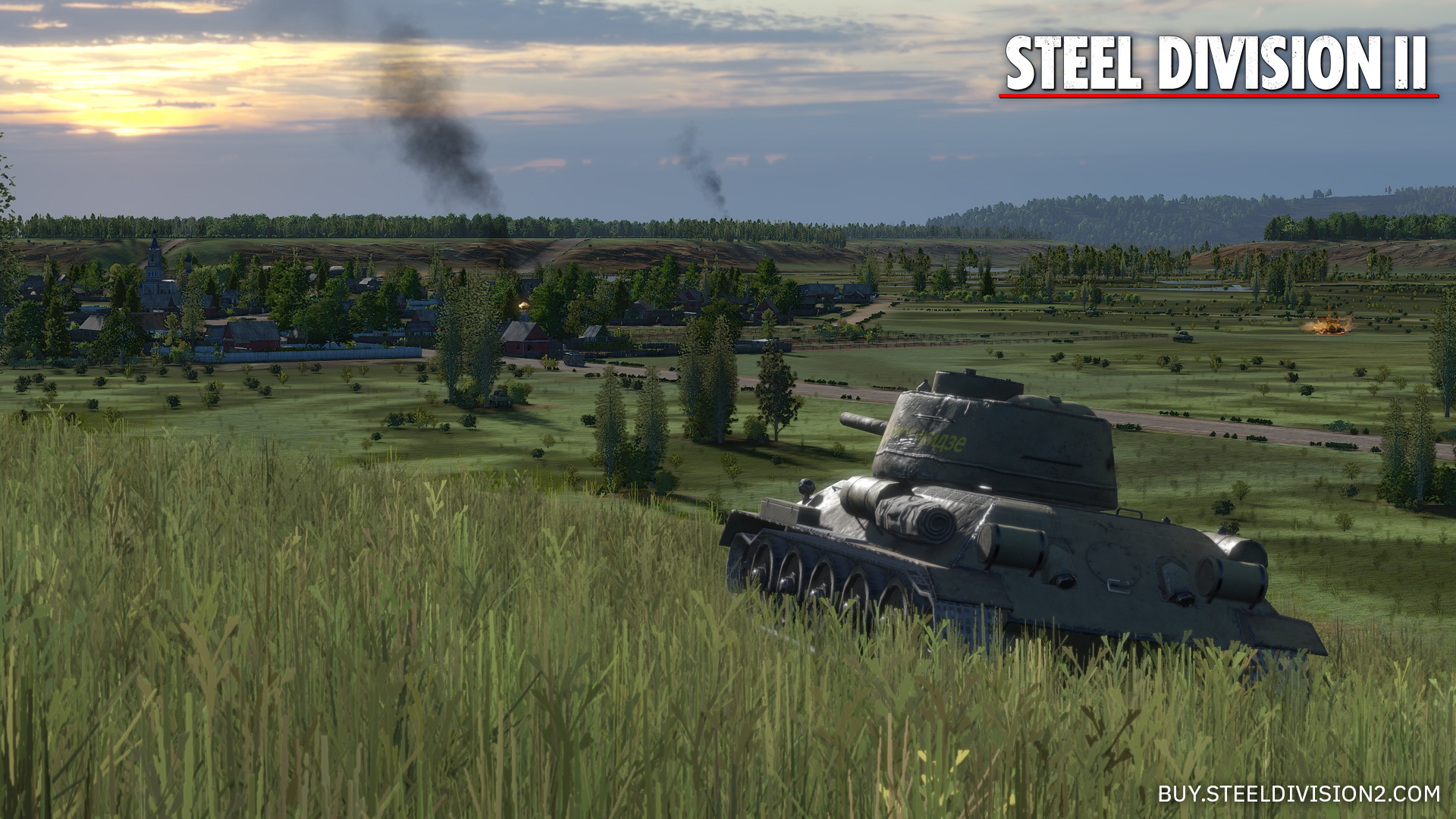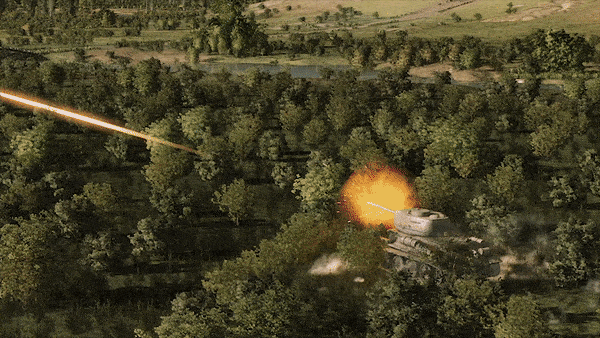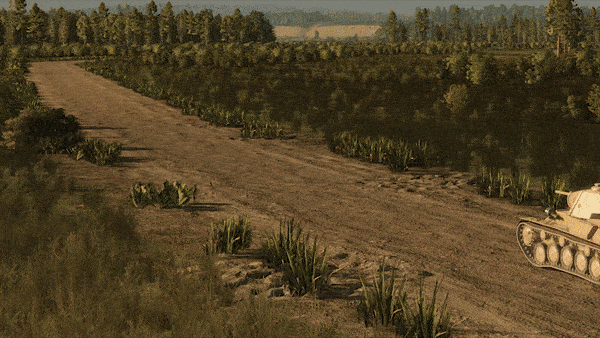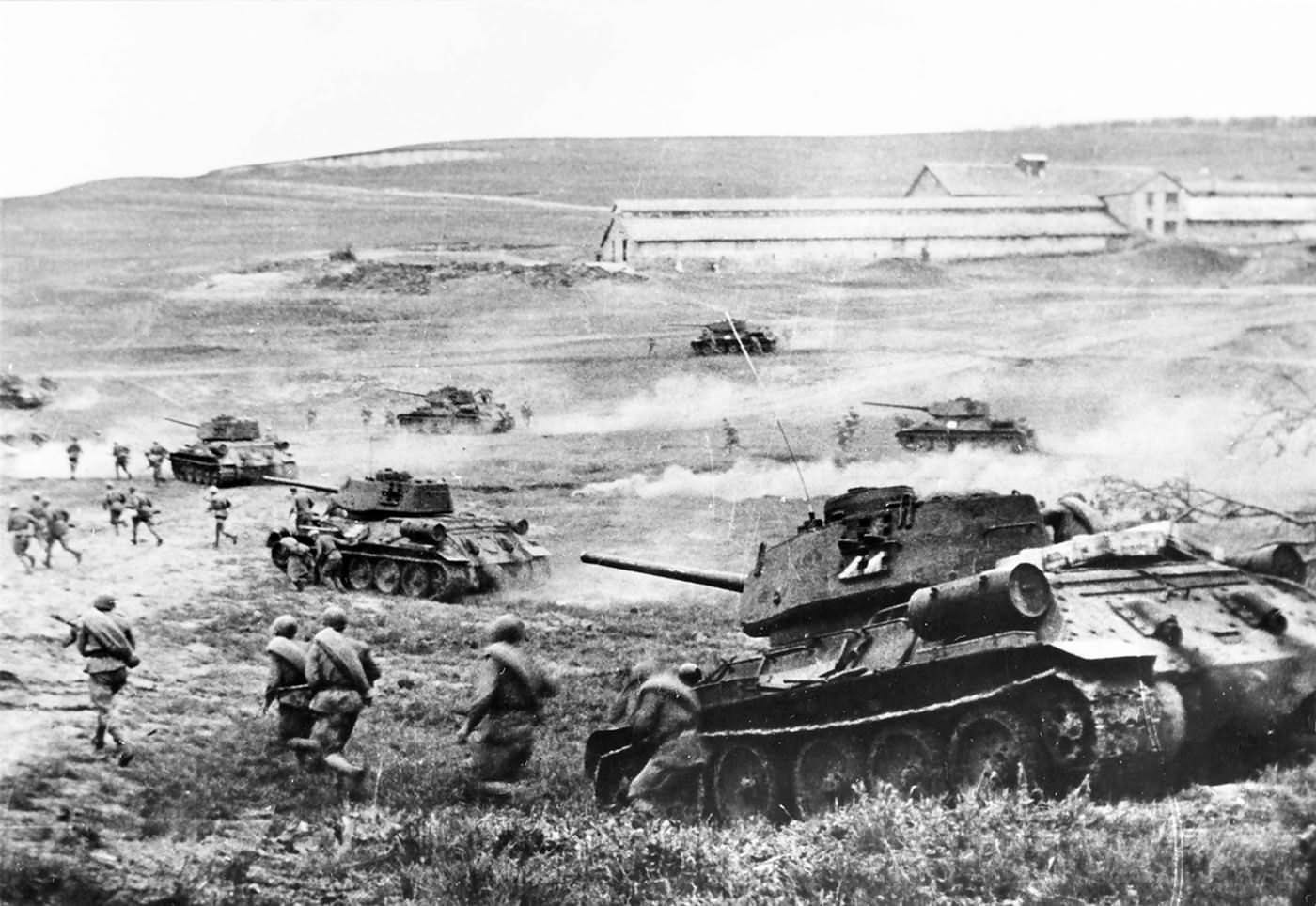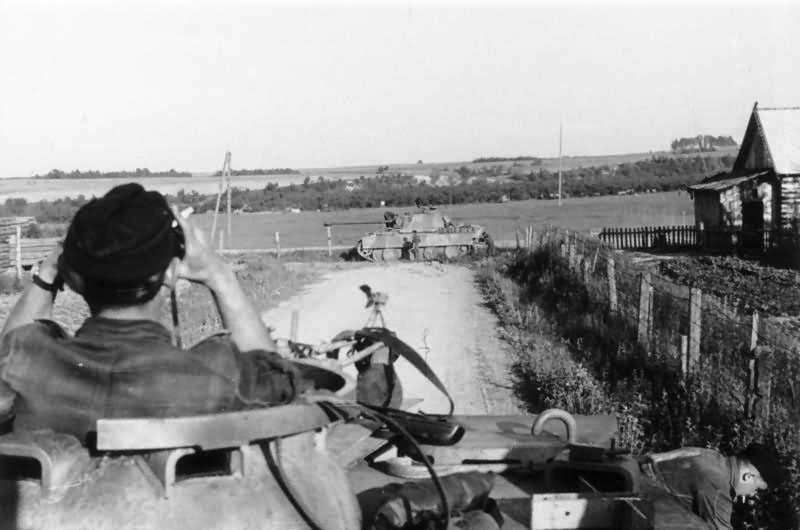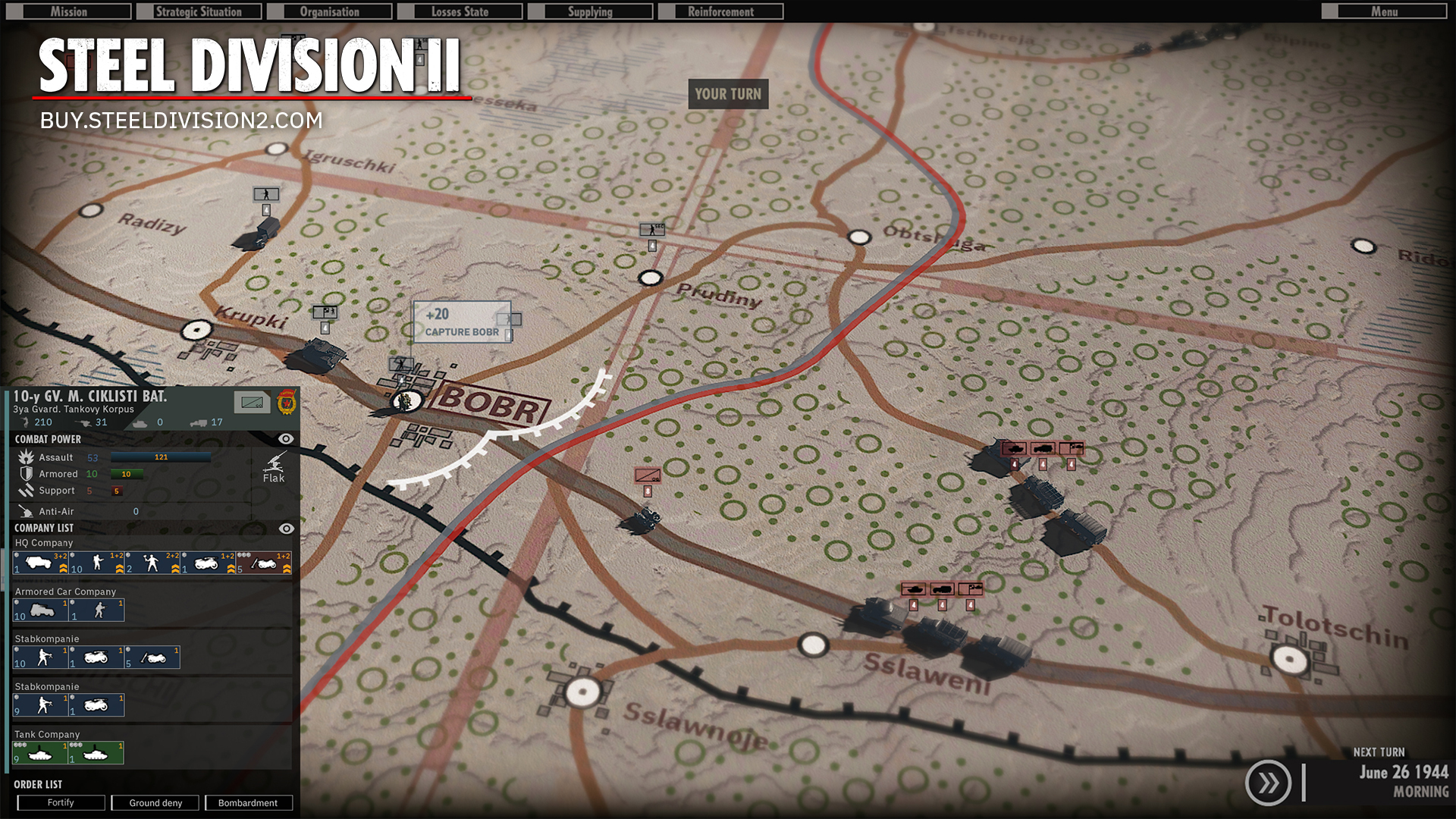
Mar 7, 2019
Steel Division 2 - [EUG]Papa Yankee

Hello there! In today’s dev diary we are going to shine a light on a completely new unit that will be introduced in Steel Division 2: Commanders. These specialized units are similar to the Leader units from Steel Division: Normandy 44, but operate on a higher level, provide more powerful benefits, and bring a new tactical gameplay mechanic.
https://store.steampowered.com/app/919640/Steel_Division_2/
You should know the drill by now: please disregard any technical issues, graphical bugs, unfinished unit statistics or “baguette” language. We promise that this will be fixed at launch.
Leaders vs. Commanders
Let's get a couple of things out of the way. Leaders from Steel Division: Normandy 44 will still be present in Steel Division 2. You can think of our new Commander unit sitting one level “higher” on the hierarchy compared to Leaders, and come with more powerful benefits, as well as a new game mechanic (read more about that below). Both types of units will use the so-called “leader aura”. This is a circular area of effect centered on the unit. This leader aura is 240 meters wide; picture this as the influence zone where a squad is still at runner’s range of his commander.

To refresh your memory: a Leader unit in SD44 would give 1+ XP to any unit found in its leader aura. Not only that, suppressed units in its aura couldn’t surrender. Commanders work the same, but give 2+ XP to units found in its area of effect. Nice!

With great power comes great responsibility, so Commanders can only be found in the Support tab, and only one Commander unit can be brought per phase.
Chain of Command
We didn’t only bring Commanders to give you more bang for your buck, we also wanted to add a new mechanic that would expand the tactical options available to the player. This is how it works:Next to the already mentioned aura effect, we are introducing a “leader link” benefit that each Commander unit will provide in the field. What it does is that each Leader unit within 1500 meters of a Commander unit will be linked to it, and as a result, provide an additional 1+ XP to each unit found in its leader aura. Think of it as effective use of radio by the Commander to organize, rally and direct the combat troops on the battlefield nearby. If used right, the linking of Leaders with their Commanders can provide a valuable boost in unit experience.

It doesn’t end there. Each linked Leader in turn projects it’s own “leader link” to connect Leaders further afield. This link has less range, only 1000 meters, but will have the same effect on the unit XP within the aura of these second tier Leaders. If you successfully link your Commanders and subordinate Leaders you will, in effect, create a chain of command that will substantially increase your unit’s fighting capabilities across the map.
Some additional notes
The chain of command is a powerful tool, but it can be fragile. If you destroy one of the Leader or Commander units, the link will be broken. If you wipe out a key unit, the whole chain of command will collapse, and all this extra benefit will be lost. Protect your Commanders and Leaders well, as the enemy forces will be actively on the hunt for them.
The game will also tell you when one of your Leader units is too far away to benefit from the chain of command: a dotted line with a cross will appear. Move your units closer to allow the Leaders and Commanders to establish a connection.
One final, small detail: in Dev Diary #7 Combat in Army General we talked about how HQ battalions in Army General influenced how many combat battalions you could deploy, and that they would have other tactical effects as well. Each HQ battalion in this new dynamic campaign mode acts as a Commander unit, meaning that bringing them to a battle will be crucial as they might prove the difference between a resounding victory or humiliating rout.
In conclusion
As you know, the launch of Steel Division 2 is inching closer, but before we get there, there are still some cool new mechanics and features left to be explored in our upcoming dev diaries. So sit tight and stay tuned for the new entry, which will come next week. Don’t forget to check out the Steel Division 2 newsletter,pre-order the game on steam, and visit our pre-order store.





